We don’t know if “Atlantis” actually exists, just as the Portuguese, centuries ago, did not know the mysterious seas and lands that lay far beyond the reach of their telescopes., but basking in the glory of capturing Ceuta (autonomous city of Spain on the North African coast), the Portuguese king commanded his men to venture into the vast unknown.
As ships set sail from Lisbon, cutting through the Atlantic waves, navigators like Prince Henry spearheaded expeditions that would change the course of history. These voyages reached the Indian West coast — Portuguese settled in Chittagong, Hooghly, and other coastal regions of Bengal. This opened the gateway to the rich spice markets of the East and allowed Bengali cuisine to adopt Portuguese ingredients and methods, especially when it comes to desserts.
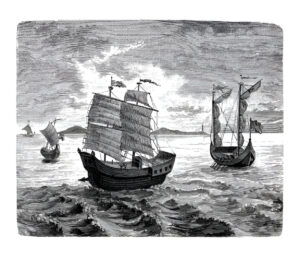
This fusion of cultures led to the creation of iconic Bengali sweets such as Sandesh and Rosogolla (the origins of which are still being debated), whose textures and richness owe much to Portuguese methods of curdling milk. The introduction of chhena (fresh cottage cheese) transformed the dessert landscape of Bengal.
The use of an acidic agent like lemon for making Chenna acted as a game changer for the ‘sweet makers’ in Bengal. Chenna was soft and had a melt-in-the-mouth quality that was previously missing from the sweets made from rice, flour, jaggery and pulses. Sandesh, one of Bengal’s most iconic sweets, transformed as sweet makers experimented with different sweetening agents, such as palm jaggery, sugarcane jaggery, and refined sugar. They crafted sandesh in a variety of moulds, infusing it with colours and flavours drawn from local fruits and flowers. The essences of orange, jackfruit, and rose were particularly popular, adding a fragrant and flavorful dimension to these delicacies.
Sometimes, Sandesh is also blended with coconut and kheer:
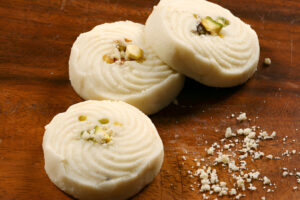
Jolbhora Sandesh: Jolbhora means “filled with water”. The origin of Jholbhora Sandesh dates back to 1818 when a sweetmaker named Surya Kumar Modak prepared a huge-sized Modak, and filled it with rose water. When the first bite was made, the water poured out of it, and thus the name “Jolbhora Sandesh”.
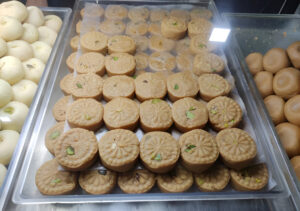
Nalen Gur Sandesh: In winter, the insides of the Sandesh are filled with jaggery juice and hence the name. The extraction of this jaggery is an enticing process: Trained people climb up the Palm tree at dusk, cut the end of the branch and hang a pot to collect the dripping overnight. The collected sap is put to boil and the flavourful jaggery is produced. 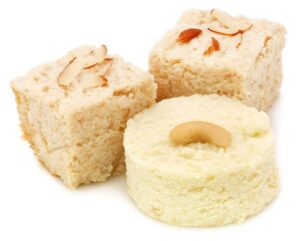
Gupo Sandesh: Originated in Guptipara, Hoogly. It is obtained by heating cow’s milk on a high flame. Then, the cottage cheese is wrapped with a cotton cloth and beaten uniformly to drain the water.

The Portuguese presence also led to the establishment of Cakes and confectionaries in Bengal. Among the most notable contributions were Ship Biscuits, Bandel Cheese—both smoked and unsmoked—plum puddings, and chocolates. The Portuguese were also known for their expertise in preparing sweetmeats using fruits like mangoes, oranges, and lemons, as well as ginger and various pickles.
The sweetmeat products of Bengal owe their current existence to the confluence of cultures. The Portuguese, with their introduction of chhena, definitely gave a super-ingredient to the culinary geniuses of the region. While we need extensive research on the medicinal and nutritive value of the sweetmeats of Bengal, there is no denying that their exquisite flavours place them at the zenith of the global gastronomical landscape.
References :
History of Portuguese in Bengal by J.J.A Campos
Bengal’s Ethnic Sweetmeats – An Unconventional Food: History, Tradition, Culture by Tanmay Sarkar, Runu Chakraborty, Molla Salauddin
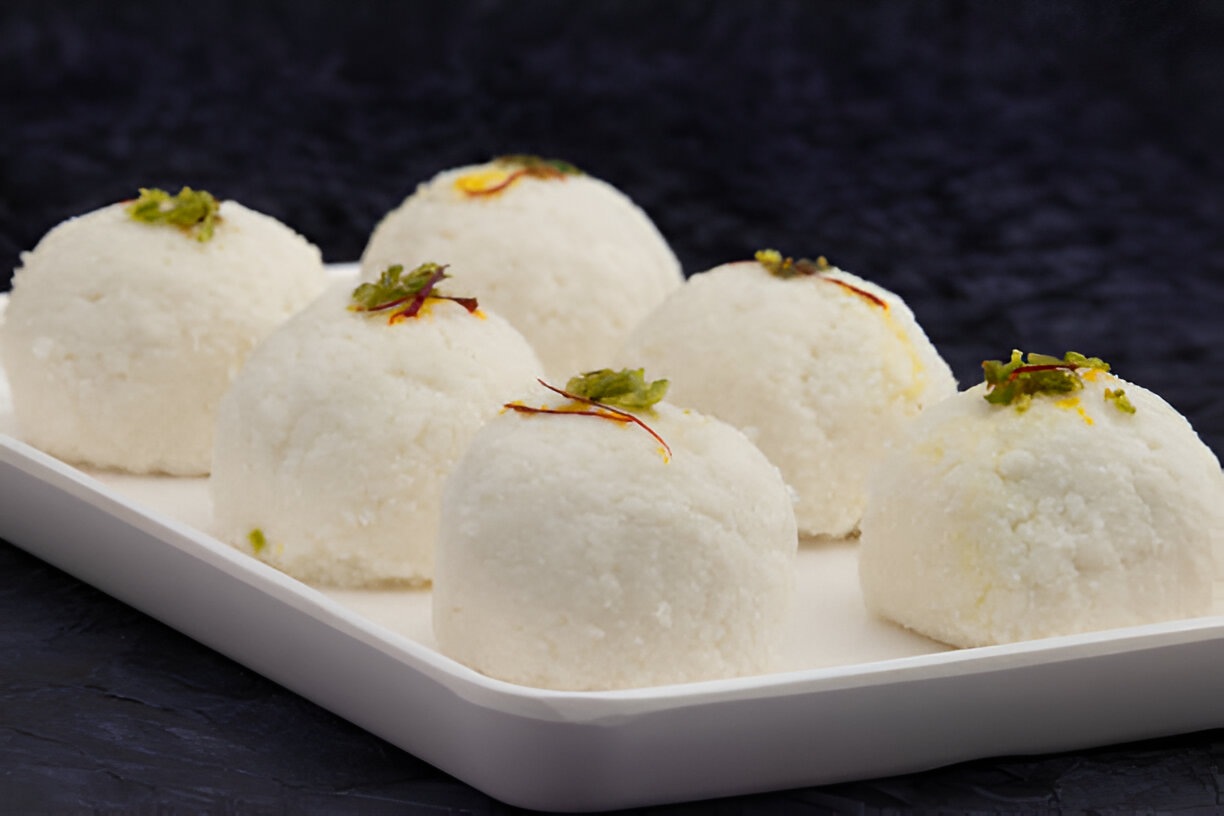









+ There are no comments
Add yours